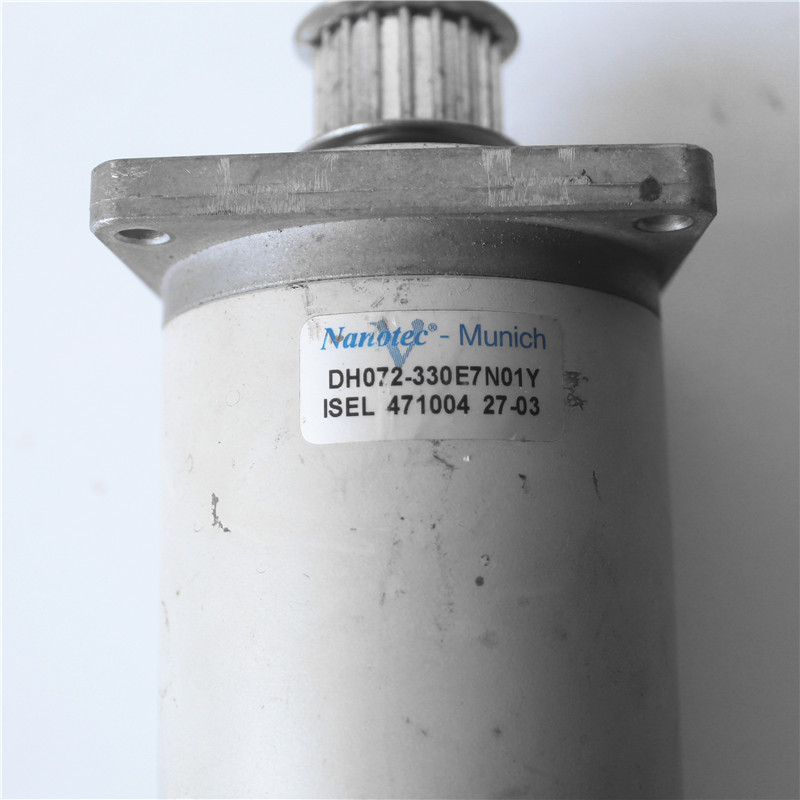
DH072-330E7N01Y Product Overview
Closed loop-capable stepper motors merge the benefits of stepper and servo motor technology. They are smooth-running with less resonance than stepper motors. They offer position feedback and control, short settling and release times and no longer exhibit step loss. They are an alternative to a stepper motor if energy efficiency, smooth running and load tolerance are required. Compared to servo motors, they have advantages due to high torque at low speeds, short settling times and correct positioning without back swing.
True/pseudo closed loop
There are stepper motors that dress themselves up as being closed loops and work with encoders but do not provide any field-oriented control with sinusoidally commutated current control. They only check the step position, and cannot correct step losses during operation. True closed loop with field-oriented control compensates step losses during the run or prevents them from occurring by increasing the motor current.
Advantages over standard stepper motors
A stepper motor is used wherever movement to defined positions is required. The classic stepper motor transfers electric energy into precise mechanical movements as long as the motor’s torque is not exceeded. Since there is no position feedback or control, the motor loses steps if unexpected load jumps or resonance occurs and it no longer moves to the desired position. A closed-loop stepper motor will readjust in those instances and reach the specified position reliably. Using an open loop, a standard stepper motor is always operated with the same current regardless of the load and it therefore becomes relatively hot in many applications. By controlling current in a closed loop, the current level can be ajusted to the required torque; less heat is generated and energy consumption drops accordingly.
Advantages over servo motors
In many cases, closed-loop stepper motors from Nanotec are an alternative to servo drives, such as in winding applications or belt drives.
The speed and position, and even the torque, can be controlled with precision. This not only achieves the highest maximum torque, the best efficiency and the best dynamics, it also results in the lowest torque ripple and excellent running smoothness.